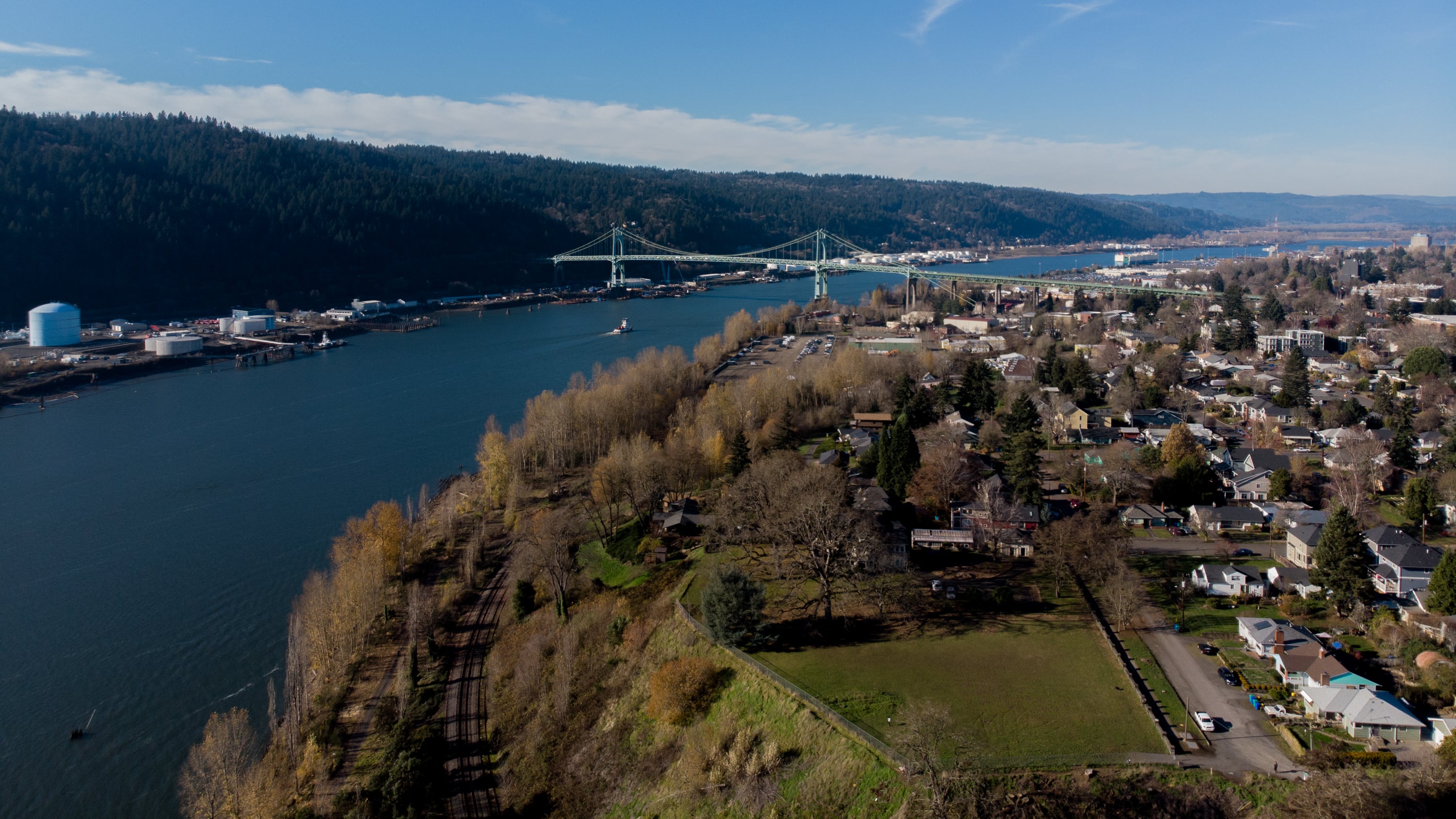The massive earthquake that’s expected to one day hit off the coast of Oregon is scary enough without considering what would happen to the Critical Energy Infrastructure Hub.
The CEI Hub, as it’s known, is a collection of huge white tanks you see on your right as you head up U.S. Route 30 to Sauvie Island to go berry picking. There are 630 of them, full of 150 different liquids, including gasoline, diesel and jet fuel.
There are lots of tanks all over the world like the ones at the hub. The problem with ours is that they are built on riverside soil that is subject to “liquifaction” and “lateral spread,” according to a report released Monday by the Multnomah County Office of Sustainability and the Portland Bureau of Emergency Management.
Those technical terms mean that, in an earthquake, the tanks would likely move around and rupture, spilling gas on land and into the Willamette River. The lighter fuels would float downstream, the report says, while the heavier ones would settle in the river bottom.
At full capacity, the hub can hold 351 million gallons of fuel, and 200 million of those gallons could be released in a quake. That’s about how much oil spewed out of the offshore Deepwater Horizon well after it blew up in the Gulf of Mexico in 2010 and became the largest marine oil spill in history. That oil sprayed out over three months. This collection of hydrocarbons would hit the environment much more quickly.
And it gets worse. Some of the fuels would likely catch fire.
“A petrochemical fire poses significant risk to the surrounding areas because containment and suppression may not be possible in the aftermath of the earthquake,” the report says. “The fumes from fires and chemical materials will also create health hazards.”
In short, it would be like every bad disaster movie—except the ones with aliens—happened at once, right in Northwest Portland. And this isn’t hypothetical. As WW reported in 2011, it’s not a matter of whether a massive earthquake is going to hit, but when.
But our doom is not assured, at least when it comes to the tank farm. Most of the tanks were built before anyone knew that the Northwest faced California-style seismic risks. The average one dates from 1954, the report says, and they can be upgraded.
Last month Oregon state Sen. Michael Dembrow (D-Northeast Portland) introduced Senate Bill 1567, which requires tank owners to submit assessments of their seismic vulnerabilities and plans for what to do about them to the state no later than June 1, 2024. The bill also requires the Department of Environmental Quality to figure out how to protect people if the seismic sledgehammer does indeed come down.
“We cannot afford to do nothing about this threat sitting on our riverbank,” Multnomah County Chair Deborah Kafoury said at a press conference today.
The last catastrophic quake to hit Oregon was on Jan. 27, 1700. We know the exact date because a U.S. Geological Survey researcher named Brian Atwater looked at historical records in Japan and found unusual flooding on that date. Some experts say we are overdue for another huge quake and that the time is now to get serious about the CEI Hub.

